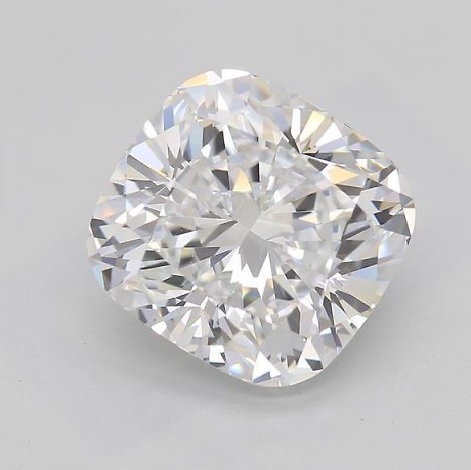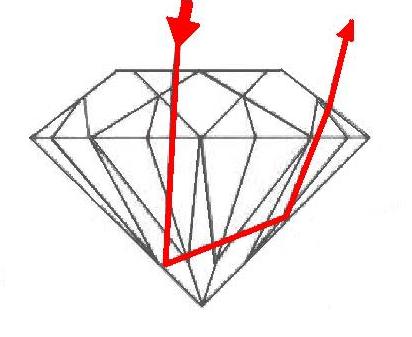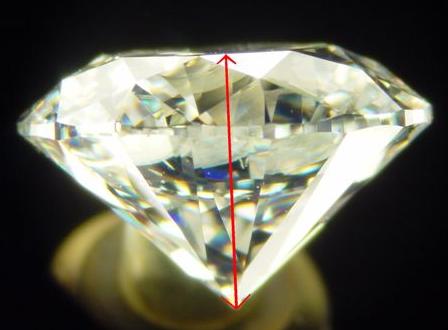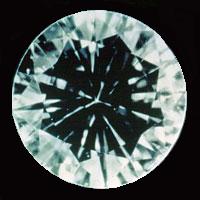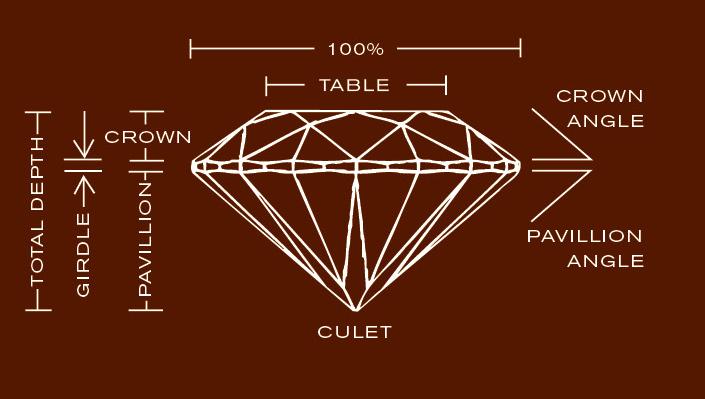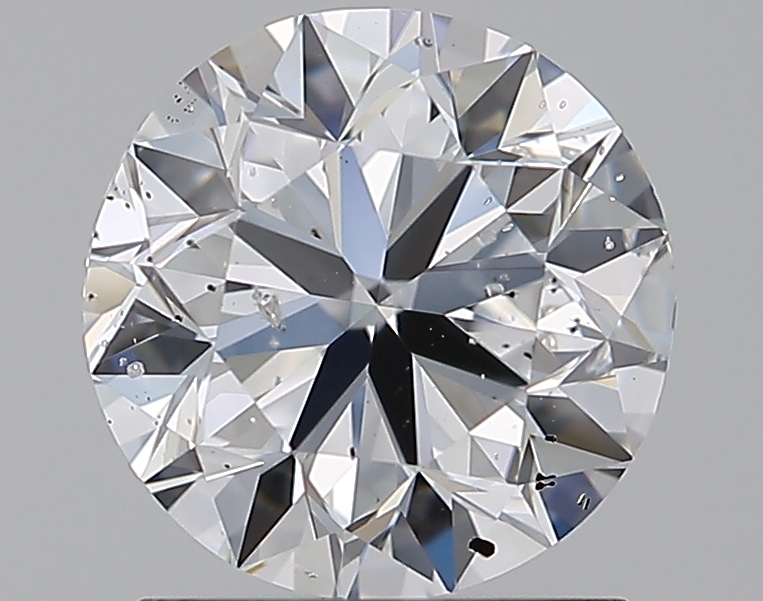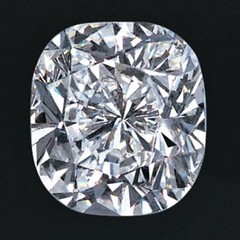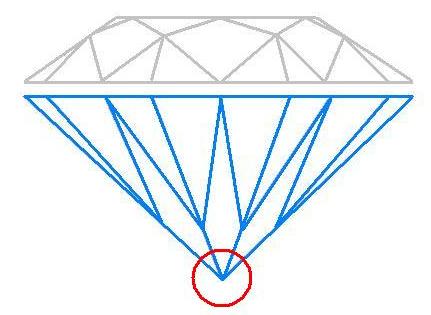The Diamond Dealers Club of South Africa (DDC South Africa) is a prominent organization for diamond professionals in South Africa, serving as a hub for the trade, sale, and distribution of diamonds. The club’s primary aim is to promote and protect the interests of diamond dealers and traders, while providing a platform for them to conduct business in a secure and regulated environment.
Key Features of the Diamond Dealers Club of South Africa:
Membership: The DDC South Africa is a members-only organization, and only qualified individuals or companies involved in the diamond trade, such as diamond dealers, manufacturers, and wholesalers, can join. Membership requirements typically include a proven track record in the diamond industry and adherence to ethical standards.
Trade Facilitation: The DDC provides its members with a structured environment to trade rough and polished diamonds, with members able to buy, sell, and exchange diamonds directly with one another. This helps streamline the trading process and ensures that transactions are conducted efficiently.
Security and Trust: Like other diamond bourses, the Diamond Dealers Club of South Africa ensures a secure trading environment, with stringent rules in place to prevent fraud, theft, and unethical practices. Members are expected to adhere to high ethical standards, contributing to a trustworthy marketplace for diamonds.
Networking and Collaboration: The club also serves as a platform for networking, allowing members to establish relationships, collaborate on business ventures, and share industry knowledge and insights. It is an essential resource for anyone looking to expand their reach within the South African diamond industry.
Market Influence: While smaller in scale compared to some of the major global diamond bourses (such as Antwerp or Israel), the Diamond Dealers Club of South Africa plays an important role in the regional diamond trade. South Africa is one of the world’s leading producers of diamonds, and the DDC helps maintain the country’s position in the global market.
Education and Training: The DDC may offer educational resources, workshops, and seminars to help members stay up-to-date on the latest trends, technologies, and market dynamics in the diamond industry.
Regulatory Support: The club often works closely with government bodies, industry regulators, and international diamond organizations to promote fair trade practices, ethical sourcing, and responsible diamond trading.
Location and Influence:
The DDC South Africa is based in Johannesburg, which is one of the world’s key diamond trading centers. Johannesburg’s position in the diamond supply chain makes the club an important part of South Africa’s broader diamond industry.
As a member of the World Federation of Diamond Bourses (WFDB), the Diamond Dealers Club of South Africa is part of a global network of diamond exchanges, contributing to the worldwide trade and exchange of diamonds.
By providing a secure and efficient trading environment, the DDC South Africa helps foster a well-regulated and transparent diamond market, which benefits both the local industry and international trade.



